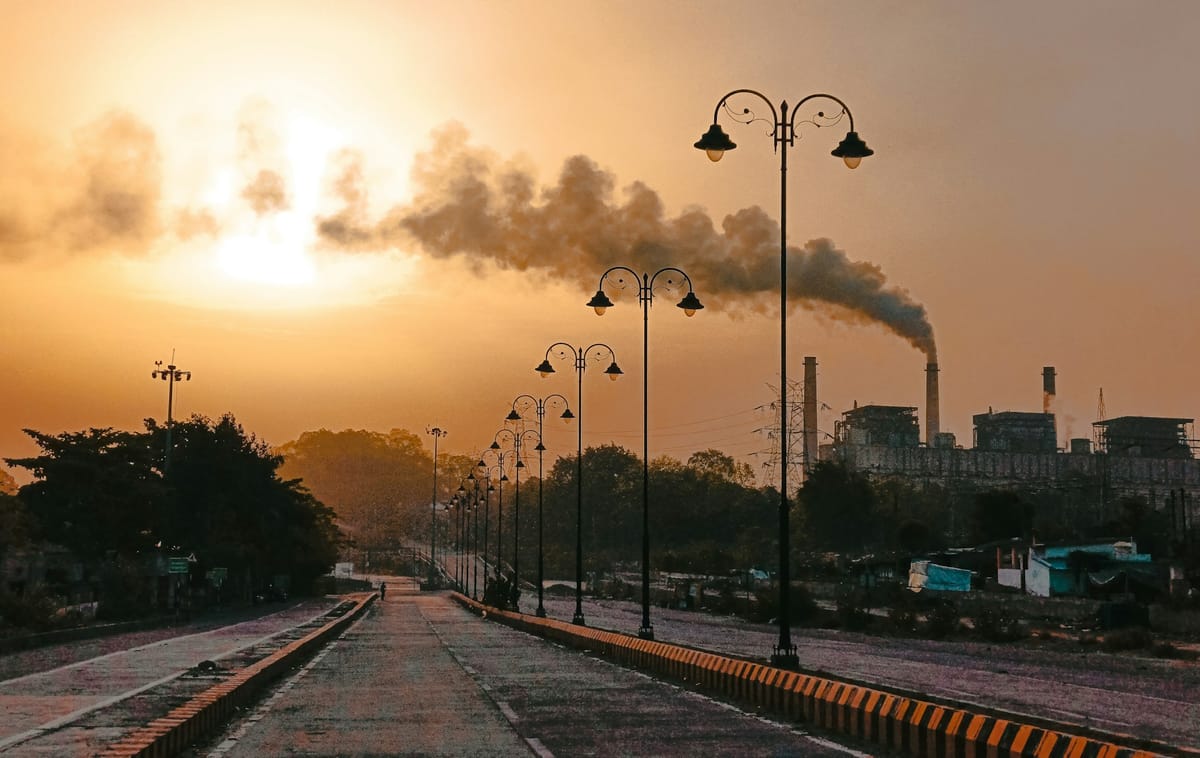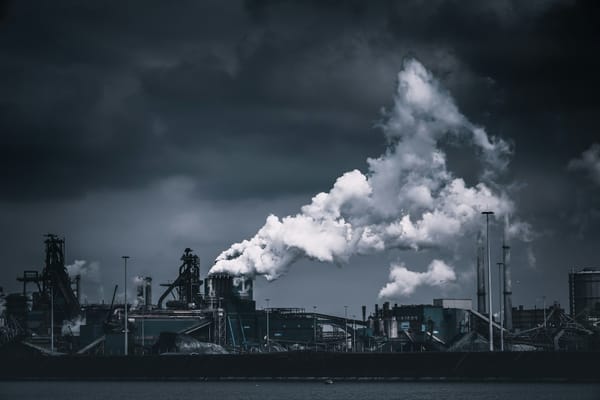Flattening the curve
Economic development coupled with climate policies is the pathway to lower emissions

“we have far greater control over the nature of the economic change than is commonly supposed.” - Daniel Susskind, author of 'Growth: A Reckoning'
The Environmental Kuznets Curve (EKC) suggests that economic growth first leads to an increase in environmental degradation, but after a certain point the relationship between economic growth and environmental degradation changes. Once a country has pushed through this 'turning point' further increases in economic development are associated with an improvement in the environment.
Critics of the EKC suggest that while the relationship might exist for non-carbon pollutants (e.g., nitrogen oxides (NOx), fine particulate matter (PM2.5), etc.) due to their high spatial concentration, it's much less likely to exist for greenhouse gas (GHG) emissions where the negative externalities are far less likely to be contained within the responsible sovereign territory.

This isn't some obscure academic concept. It's got significant real world implications. As Arjun Murti of newsletter Super-Spiked starkly reminds us, the richest one-eighth of the worlds population consumes around 13 barrels of oil per person per year; everyone else, all 7 billion of them, use just 3 barrels per person per year. The unmet energy needs of the other 7 billion people are massive, and its not even remotely clear how their inevitable move up the economic S-curve will be achieved without significant investment in additional energy sources, much of which will likely also include fossil fuels:
"Given how little energy the other 7 billion people on Earth use in comparison to The Lucky 1 Billion of Us, we expect aggregate energy demand to be multiples of current energy usage over the long run (many, many decades ahead). We will need new technology developments, sensible energy and economic policies, and significant capital employed to build out both traditional and new sources of supply and infrastructure in order to meet energy needs and achieve our aspiration that everyone on Earth is some day energy rich."
If the EKC can be shown to be true, it indicates that pursuing economic development and reducing the adverse impact on the environment and the climate are not necessarily at odds with each other. In short, helping emerging markets (EMs) reach higher income levels means they can become energy rich, adopt more stringent climate change policies (CCPs), and reduce their GHG emissions.
Read the rest of this article with a 30-day free trial*
*and get access to the entire back-catalogue!





